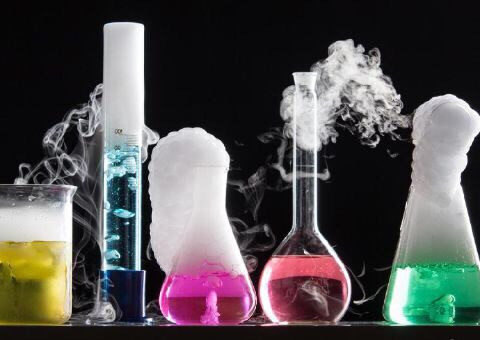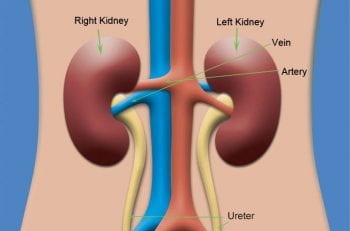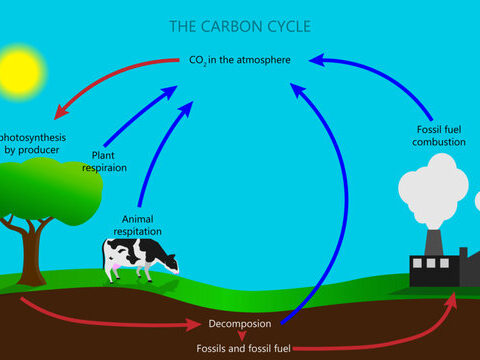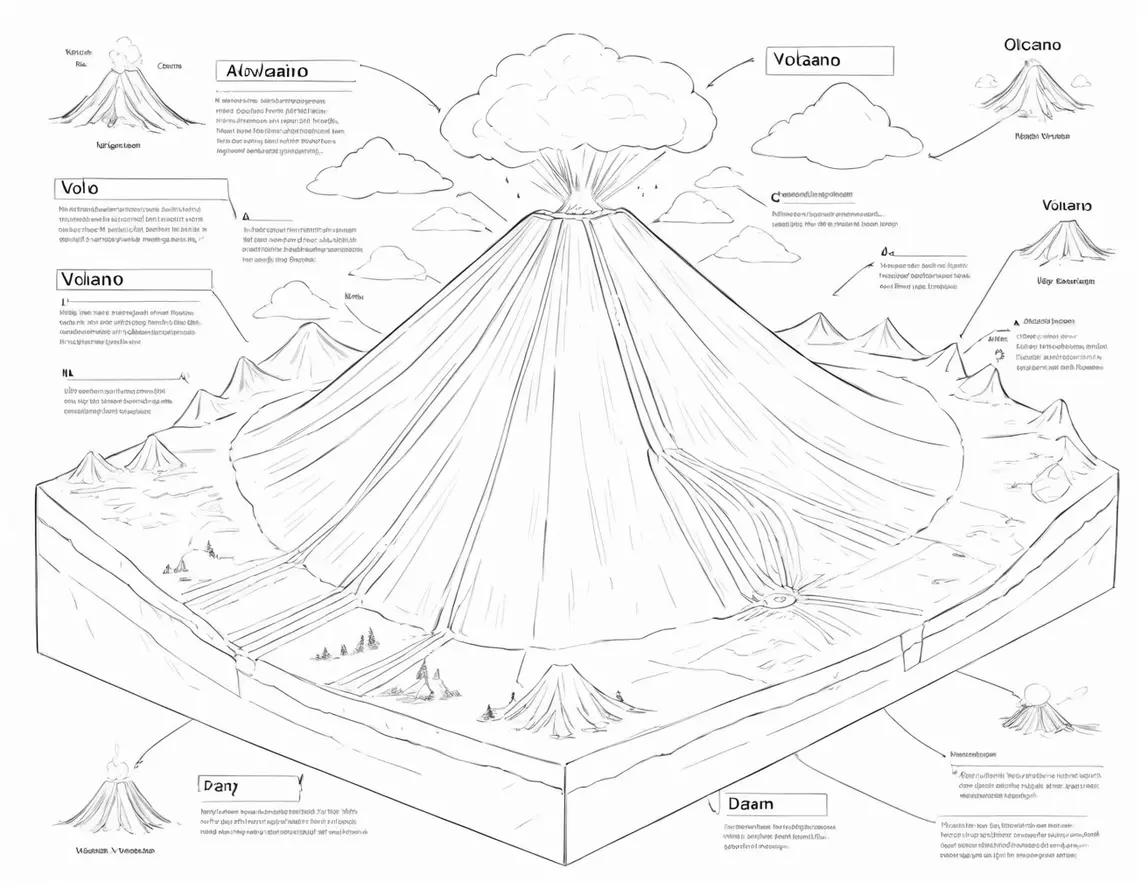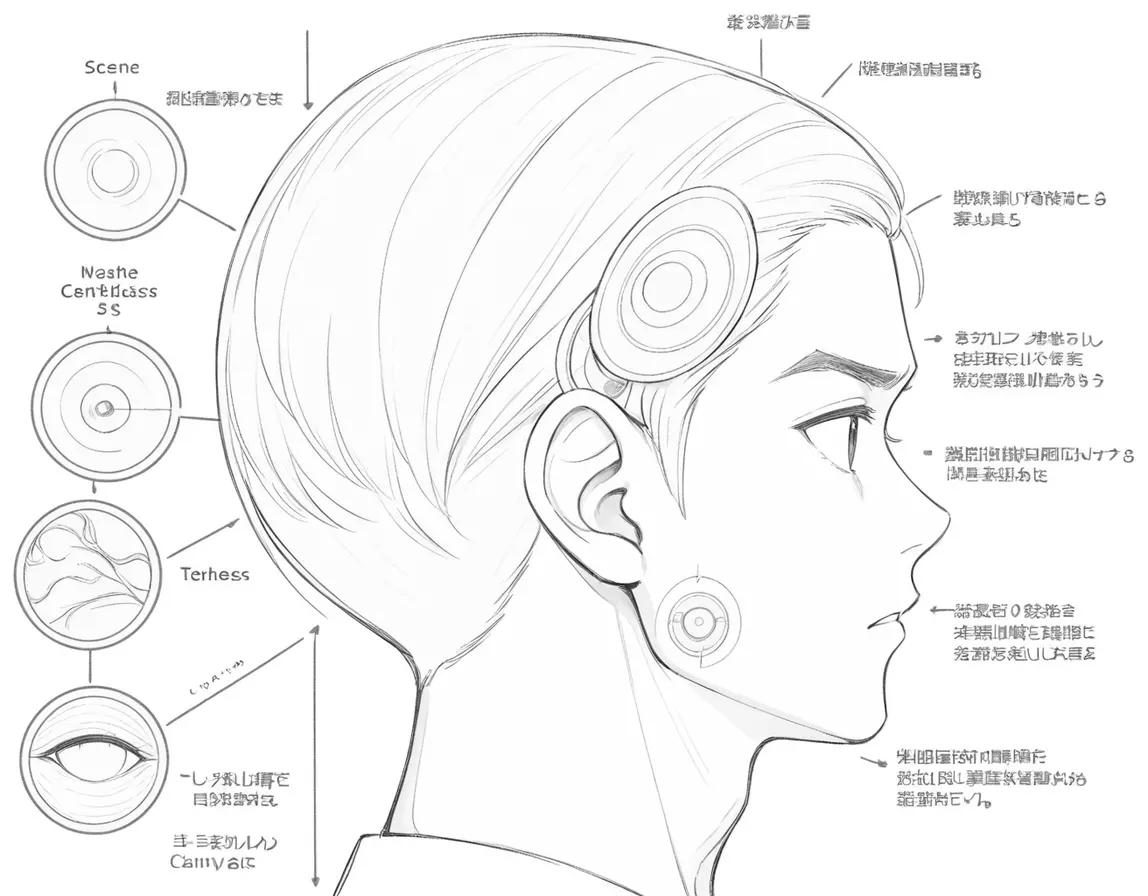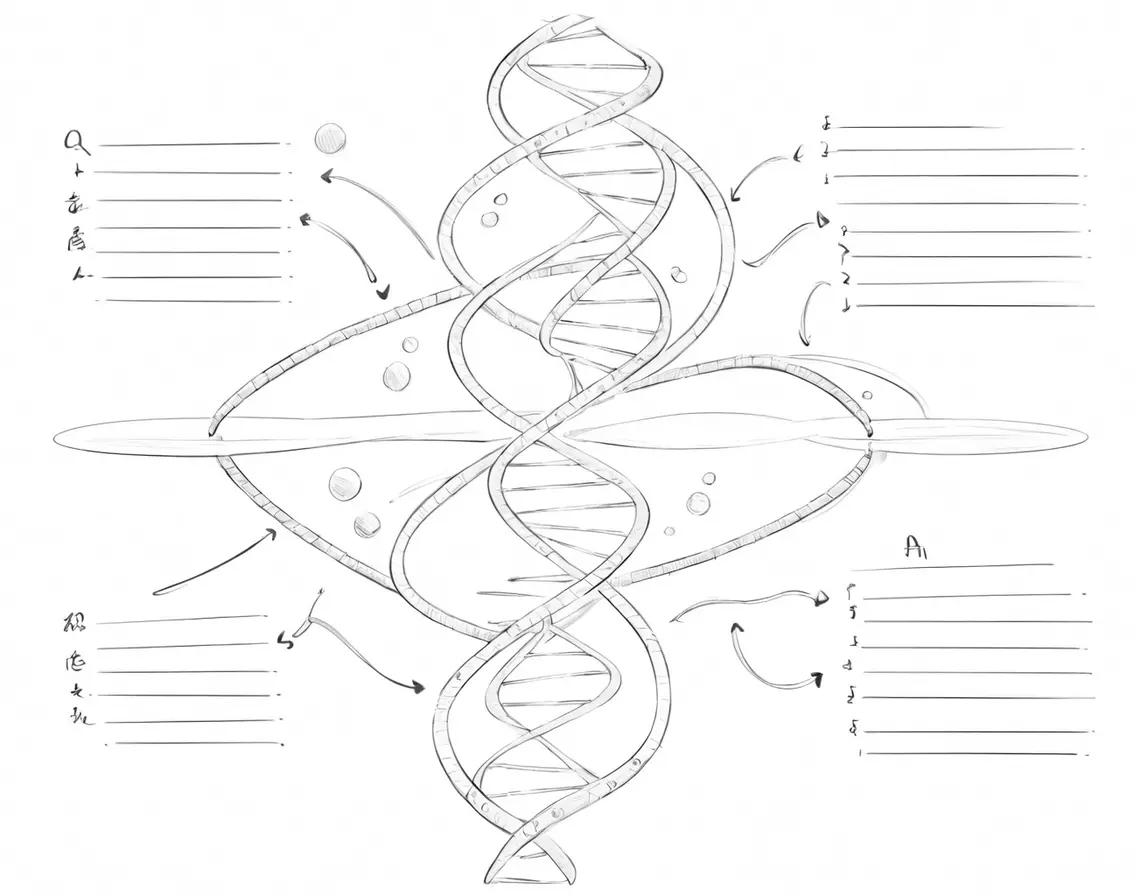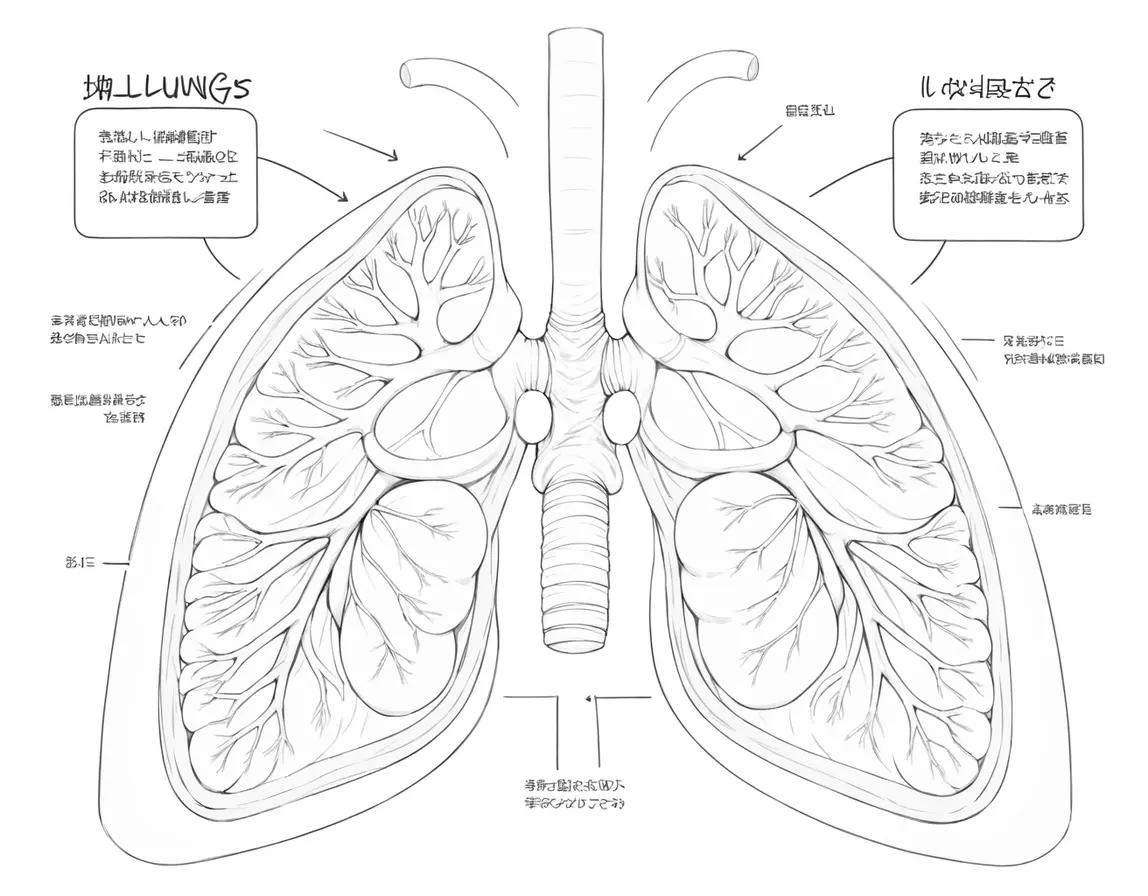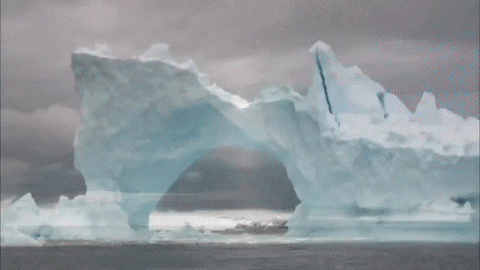
Temperature, a fundamental concept in physics, governs the thermal state of matter and is crucial for understanding the behavior of materials at the molecular level. This exploration delves into the intricacies of temperature, examining its definition, measurement, scales, and its pervasive influence on the physical world.
Definition and Nature of Temperature:
Fundamental Concept: Temperature is a measure of the average kinetic energy of the particles in a substance. It reflects the degree of hotness or coldness of a body and is related to the internal energy of the system.
Kinetic Theory of Gases: According to the kinetic theory of gases, temperature is directly proportional to the average kinetic energy of gas molecules. As temperature increases, the molecules move faster, resulting in higher kinetic energy.
Scales of temperature:
Celsius Scale: The Celsius scale, also known as the centigrade scale, is based on the freezing point (0°C) and boiling point (100°C) of water at standard atmospheric pressure. It is widely used in most countries for everyday temperature measurements.
Fahrenheit Scale: The Fahrenheit scale, commonly used in the United States, has its zero point set at the temperature of an ice-salt mixture and its 100-point at human body temperature. The conversion between Celsius and Fahrenheit is achieved through specific equations.
Kelvin Scale: The Kelvin scale is an absolute temperature scale with its zero point, absolute zero (-273.15°C), representing the point at which particles have minimal kinetic energy. It is commonly used in scientific and thermodynamic calculations.
Measurement of temperature:
Thermometers: The measurement of temperature relies on devices known as thermometers. Common types include mercury thermometers, alcohol thermometers, and digital thermometers. The expansion or contraction of a liquid, gas, or electronic component is used to quantify temperature changes.
Thermocouples: Thermocouples are temperature-measuring devices based on the Seebeck effect, where the junction of two dissimilar metals produces a voltage proportional to the temperature difference. They are versatile and find applications in various industries.
Thermal Expansion:
Thermal expansion is a phenomenon where materials expand or contract with temperature changes. Most substances expand when heated and contract when cooled.
Practical Applications: Thermal expansion has practical implications in construction, engineering, and daily life. For example, expansion joints in bridges and railways accommodate changes in length due to temperature variations, preventing structural damage.
Heat transfer and temperature:
Conduction: Conduction is the transfer of heat through direct contact between particles. Good conductors, such as metals, allow efficient heat transfer, while insulators, like wood or rubber, inhibit it.
Convection: Convection involves the transfer of heat through the movement of fluids (liquids or gases). This occurs in natural phenomena like ocean currents and atmospheric circulation.
Radiation: Radiation is the transfer of heat through electromagnetic waves. The Sun’s energy reaching Earth is an example of radiation. Dark-colored surfaces absorb more radiation than lighter ones.
Laws of Thermodynamics:
Zeroth Law: The Zeroth Law of Thermodynamics states that if two systems are each in thermal equilibrium with a third system, they are in thermal equilibrium with each other. This law establishes the concept of temperature.
First Law: The First Law of Thermodynamics, also known as the law of energy conservation, states that energy cannot be created or destroyed; it can only be transferred or converted. It forms the basis for understanding the relationship between heat and work.
Second Law: The Second Law of Thermodynamics introduces the concept of entropy, indicating the tendency of natural processes to move towards increased disorder. It emphasizes the irreversibility of certain physical processes.
Temperature and States of Matter:
Solid State: In solids, particles vibrate about fixed positions. As temperature increases, the vibrational energy of particles rises, leading to thermal expansion.
Liquid State: In liquids, particles have more freedom of movement than in solids. Increasing temperature results in higher kinetic energy, causing liquids to expand and potentially transition to a gaseous state.
Gaseous State: In gases, particles move freely with high kinetic energy. Temperature directly influences gas pressure, volume, and density, according to the ideal gas law.
Challenges and Considerations:
High-Temperature Physics: At extremely high temperatures, materials undergo phase transitions, and traditional measurement techniques may face challenges. Specialized instruments and experimental setups are required for accurate measurements in these conditions.
Low-Temperature Physics: At extremely low temperatures near absolute zero, quantum effects become significant. Low-temperature physics explores phenomena such as superconductivity and superfluidity.
Technological Advancements:
Thermographic Imaging: Infrared thermographic imaging uses the heat that objects emit to produce images that represent temperature variations. This technology has applications in medical diagnostics, building inspections, and military surveillance.
Temperature Control Systems: Advancements in temperature control systems are vital for industries like electronics, where precise temperature regulation is essential for the performance and longevity of components.
Temperature is a basic idea that is used in many areas of science and shapes how we think about the real world. Temperature is one of the most important factors that determines how matter behaves. It is used in everything from simple readings to complex problems in thermodynamics and materials science.
A deeper understanding of temperature not only adds to our scientific knowledge, but it also drives technological progress, making it possible for improvements in many areas and uses.

